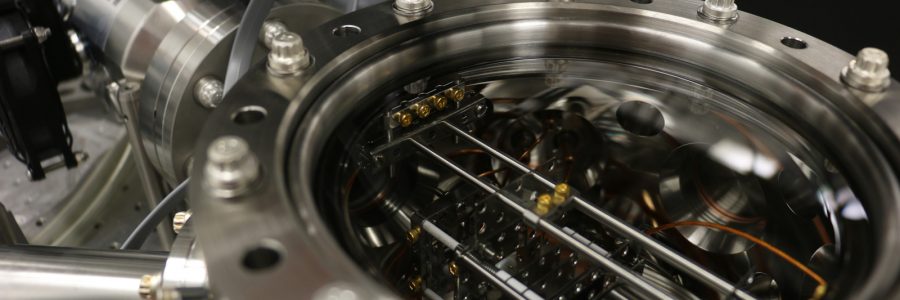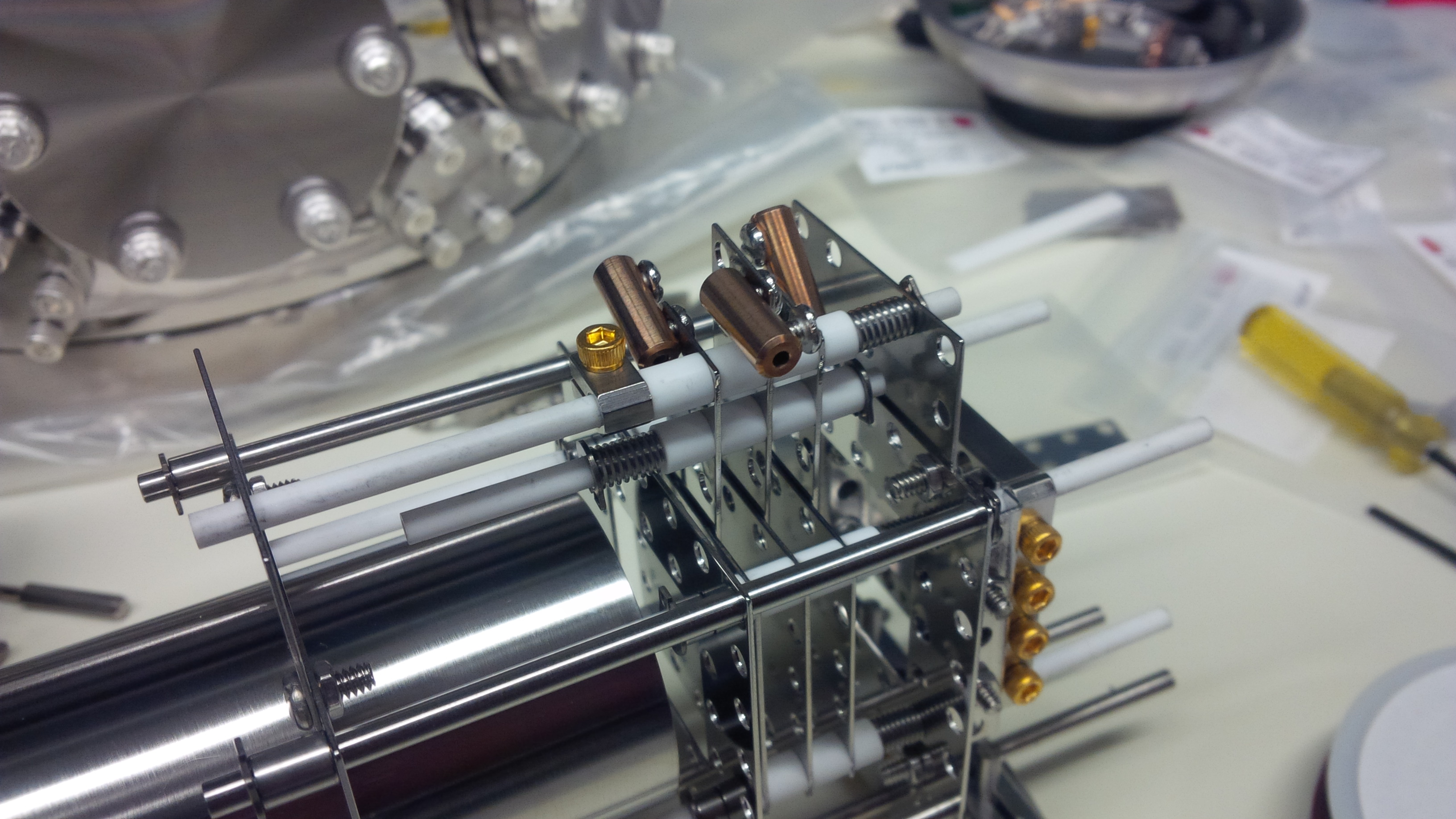UPDATE: Dec. 2017
The figure above has made it as the JCP Christmas card!
The full JCP special issue on Velocity Map Imaging Techniques is also now officially ready, see this page, or this PDF, for all the details.
UPDATE: 4th April 2017
The article is now published in the Journal of Chemical Physics, with an accompanying press release, The Inner Lives of Molecules, from AIP.
The full dataset and analysis scripts are now also available via OSF, DOI: 10.17605/OSF.IO/RRFK3.
Feb. 2017 – new article on the arXiv:
Ruaridh Forbes,
Varun Makhija,
Kévin Veyrinas,
Albert Stolow,
Jason W. L. Lee,
Michael Burt,
Mark Brouard,
Claire Vallance,
Iain Wilkinson,
Rune Lausten,
Paul Hockett
(Submitted on 2 Feb 2017)
The Pixel-Imaging Mass Spectrometry (PImMS) camera allows for 3D charged particle imaging measurements, in which the particle time-of-flight is recorded along with (x,y) position. Coupling the PImMS camera to an ultrafast pump-probe velocity-map imaging spectroscopy apparatus therefore provides a route to time-resolved multi-mass ion imaging, with both high count rates and large dynamic range, thus allowing for rapid measurements of complex photofragmentation dynamics. Furthermore, the use of vacuum ultraviolet wavelengths for the probe pulse allows for an enhanced observation window for the study of excited state molecular dynamics in small polyatomic molecules having relatively high ionization potentials. Herein, preliminary time-resolved multi-mass imaging results from C2F3I photolysis are presented. The experiments utilized femtosecond UV and VUV (160.8~nm and 267~nm) pump and probe laser pulses in order to demonstrate and explore this new time-resolved experimental ion imaging configuration. The data indicates the depth and power of this measurement modality, with a range of photofragments readily observed, and many indications of complex underlying wavepacket dynamics on the excited state(s) prepared.
arXiv 1702.00744 (2017)
Now published in JCP:
The Journal of Chemical Physics 147, 013911 (2017);
DOI: http://dx.doi.org/10.1063/1.4978923
Also on Authorea, DOI: 10.22541/au.149030711.19068540
















